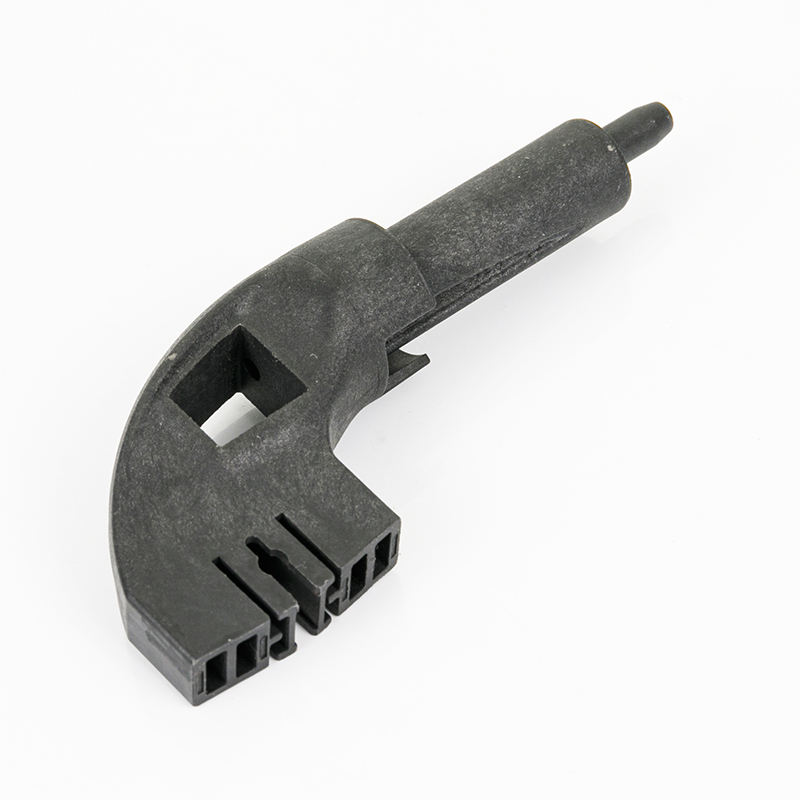
- English
- Español
- Português
- русский
- Français
- 日本語
- Deutsch
- tiếng Việt
- Italiano
- Nederlands
- ภาษาไทย
- Polski
- 한국어
- Svenska
- magyar
- Malay
- বাংলা ভাষার
- Dansk
- Suomi
- हिन्दी
- Pilipino
- Türkçe
- Gaeilge
- العربية
- Indonesia
- Norsk
- تمل
- český
- ελληνικά
- український
- Javanese
- فارسی
- தமிழ்
- తెలుగు
- नेपाली
- Burmese
- български
- ລາວ
- Latine
- Қазақша
- Euskal
- Azərbaycan
- Slovenský jazyk
- Македонски
- Lietuvos
- Eesti Keel
- Română
- Slovenski
- मराठी
- Srpski језик
Precision Injection Molded Plastic Products Build the Cornerstone of Life and Industry
2025-08-12
Injection molded plastic parts are becoming an indispensable part of modern manufacturing and everyday life with unprecedented efficiency and precision. From everyday mobile phone cases and home appliance parts to automotive interiors and specialized medical devices, injection molding technology, with its unique advantages, supports a vast world of products.
Compared to traditional manufacturing processes, the core of injection molding technology lies in melting plastic pellets at high temperatures, then injecting them into a precise metal mold cavity at high speeds, cooling them to set the shape, and then demolding them. This process enables the formation of complex plastic products with regular surfaces and stable dimensions in a single step. Its significant advantage lies in its extremely high efficiency and consistency in large-scale production, making it particularly suitable for the production of various parts with diverse shapes and strict dimensional requirements.

The industry's development is focusing on both environmental protection and performance improvements. On the one hand, the use of recyclable plastics and bio-based materials in injection molding has steadily increased, significantly reducing the industry's environmental impact. On the other hand, the widespread adoption of new high-strength, high-temperature-resistant, and other functional engineering plastics has significantly expanded the application scenarios of injection molded plastic parts, enabling them to maintain reliable performance in a wider range of environments.
Continuous innovation in mold design and manufacturing technology has become a key driver for improving the quality of injection molded parts. Higher-precision molds enable more complex structures, resulting in a continuous increase in products with thinner inner walls and superior strength. This not only reduces raw material consumption but also improves the overall performance and user experience of end products.
Undoubtedly, the level of injection molded plastic part manufacturing has become a key indicator of a region's industrial manufacturing capabilities. Its continued commitment to high efficiency, precision, and environmental protection will continue to empower related industries to improve quality and efficiency, strongly supporting the simultaneous leap forward in industrial product innovation and residents' quality of life. In the future, its role as a driving force for innovation and fundamental support will become even more prominent.




